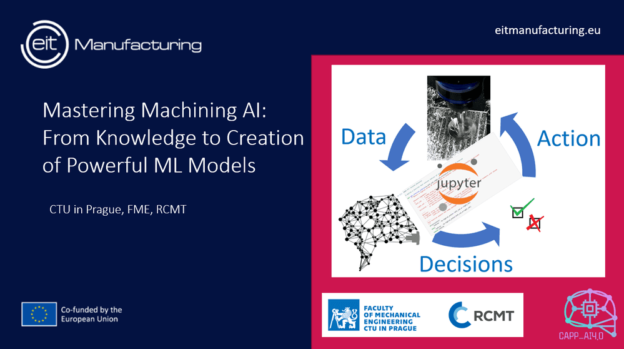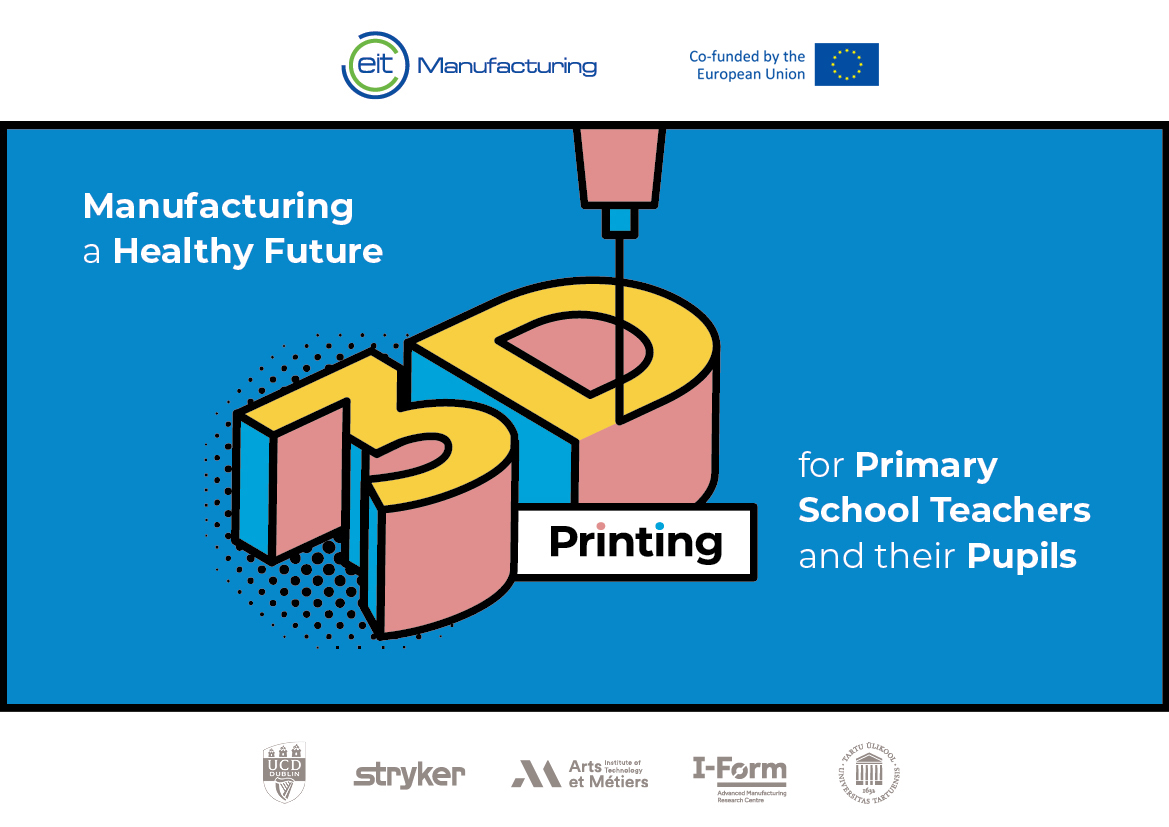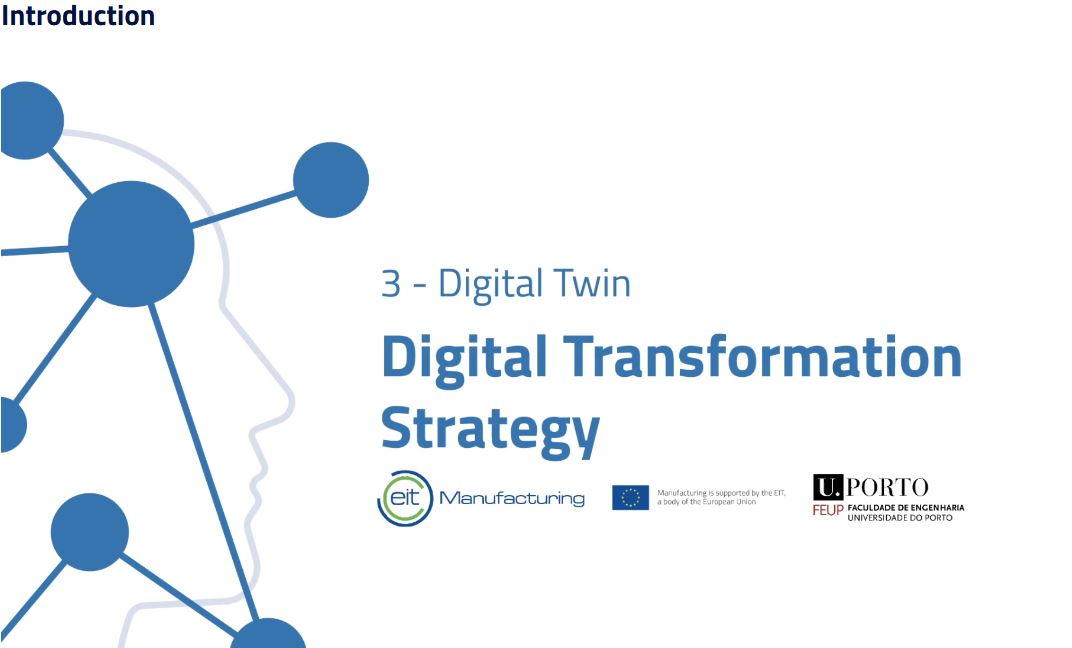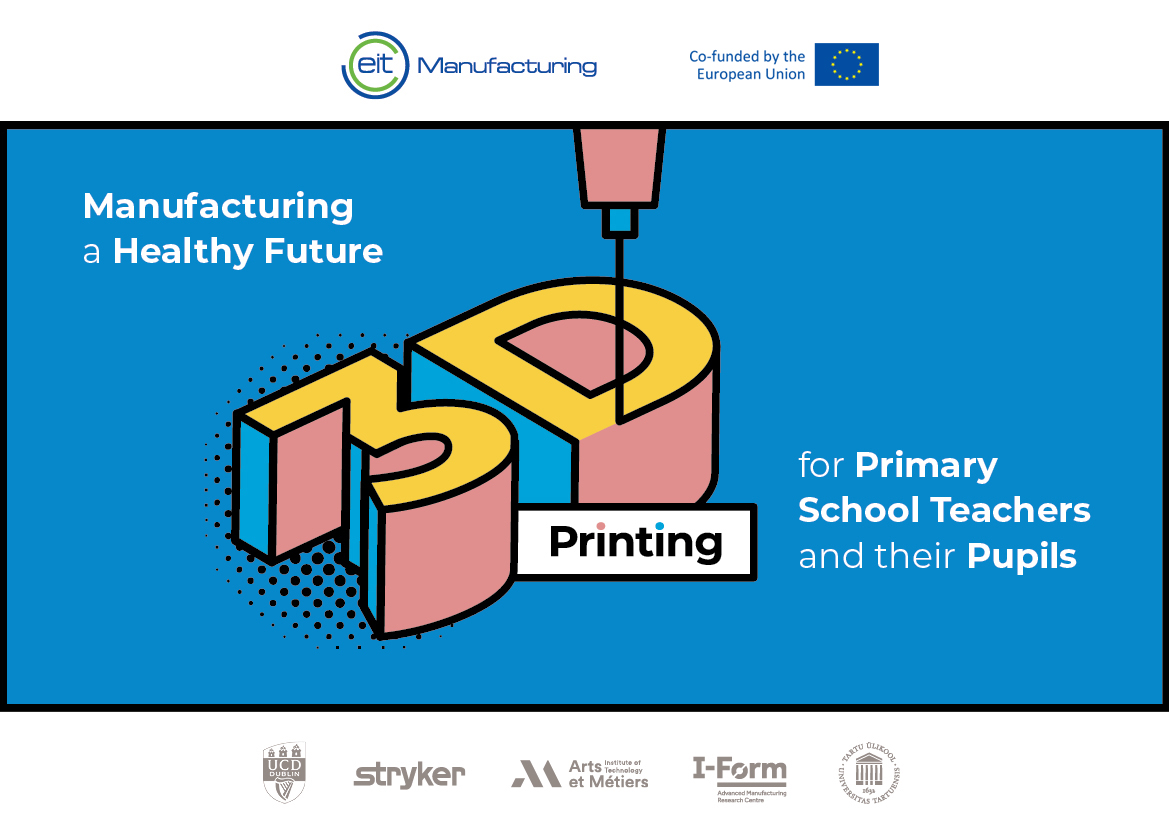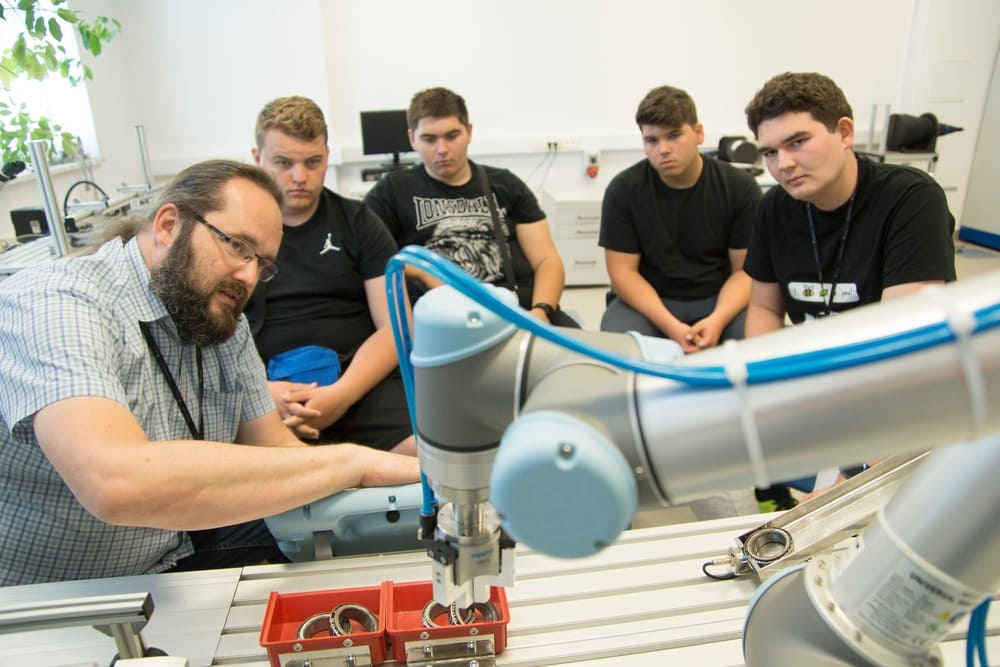Type of course:
Digital learning, Path
Language:
EN
Duration:
2 hours, 20 minutes
Workload:
6 hours
Proficiency:
Beginner
Target:
Professionals
This learning path follows Learning path “Theoretical background of using AI in process preparation and evaluation” and serves as guide for applying knowledge gained there. It shows how to use one of the possible frameworks (Jupyter Notebook IDE installed in environment of Anaconda Distribution) to prepare provided data for using them in Machine learning model creation. It guides the trainee through data visualization and processing, feature selection, extraction and storage. Than it provides the instructions how to use these features to create (train) predictive AI model, how to test it on another set of features and how to use the model in real-like conditions.
Learning outcomes
- The learner demonstrates proficiency in using a specific framework to prepare the data provided for the creation of machine learning models. They effectively apply data visualization techniques to gain insight into the dataset and preprocess the data through various processing methods, ensuring their suitability for model training. They also employ feature selection and extraction techniques to identify and extract relevant features for creating the machine learning predictive model. Additionally, they establish appropriate storage mechanisms for the processed data and extracted features after completing this lesson.
- The learner successfully creates a predictive AI model by training it on the prepared feature sets. They accurately follow the instructions provided on the learning path to build and train the machine learning model using the selected features. They apply appropriate techniques to evaluate and test the model's performance on a separate set of features, assessing its predictive capabilities after completing this lesson.
- The learner effectively implements the trained machine learning predictive model under real-like conditions. They deploy the model and use it to make predictions or classifications in practical scenarios. They critically evaluate the results generated by the model and assess its overall effectiveness, considering factors such as accuracy, robustness, and suitability for the intended application. They provide insightful judgments and recommendations based on their evaluation after completing this lesson.
LessonData processing and feature extraction
Course Content
LessonPredictive AI model creation, testing and usage
Course Content
LessonAssessment of LP Mastering Machining AI: From Knowledge to Creation of Powerful ML Models
Course Content
Topics
Advanced Manufacturing, Digital Transformation, CNC Machining, Artificial Intelligence (AI), Data Analytics


